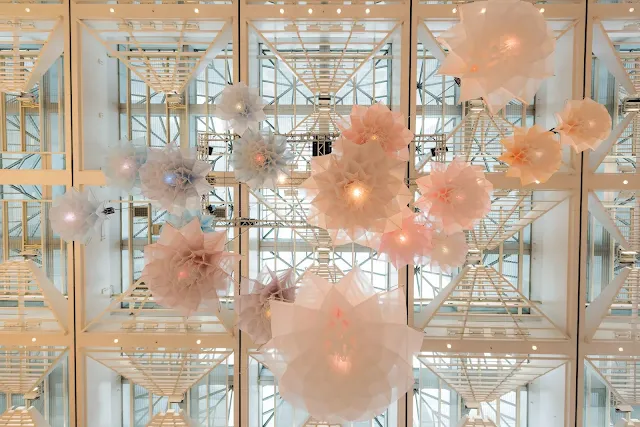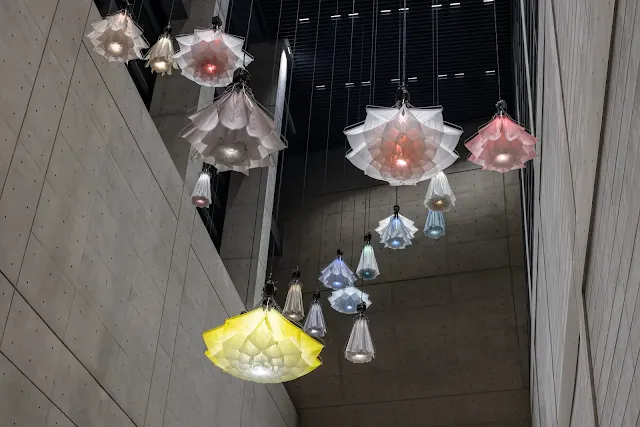Anatomy of a Chandelier: Understanding the Iconic Centerpiece of Interior Design
Chandeliers have been a mark of elegance and opulence for centuries, transforming rooms from ordinary to extraordinary. From intricate, crystal-laden designs to sleek, modern silhouettes, these lighting fixtures are more than just sources of light—they’re statements. But what exactly makes a chandelier iconic, and how do the details of its structure affect its style and functionality?
In this article, we’ll examine the anatomy of a chandelier, from its core framework to its most delicate details. We’ll also explore how to choose the right chandelier for your space and the evolution of chandelier design over time.
1. The Origins and Enduring Appeal of Chandeliers
“A chandelier is not just an addition to a room; it’s the soul of the space,” says lighting designer Sophie Garrett. Chandeliers trace their roots back to medieval times when they illuminated castles and grand halls with candles. Today, they continue to shine in spaces worldwide, with chandeliers accounting for 18% of luxury lighting sales globally, according to a 2023 report by Global Lighting Market.
Their dual purpose makes chandeliers unique: they’re both decorative and functional. By understanding the individual elements that compose a chandelier, we can see how each part defines its character.
2. The Frame: The Skeleton of the Chandelier
The frame, or armature, forms the foundation of any chandelier. Traditionally made of metal, this skeleton supports all the other parts and determines the chandelier’s overall shape, varying from classic, cascading tiers to minimalist linear designs.
Choosing the Right Frame Style
Frames can be intricate or simple, but they are pivotal to a chandelier’s look. “The frame gives a chandelier its stance,” explains Garrett. Classic French-style chandeliers, for example, have curving arms that support multiple lights, creating a rounded, more traditional aesthetic. Conversely, modern chandeliers may have angular, clean lines, offering a sleek and minimalist appearance.
- Example: The iconic Sputnik chandelier, with its arms jutting out like the points of a star, exemplifies mid-century modern design. Its distinct frame transforms it into an art piece even when not lit.
3. Light Sources: The Heart of the Glow
Each chandelier’s light sources—bulbs or candles—are positioned strategically to provide an even glow. Historically, chandeliers used candles, but with technological advancements, options now include LED incandescent and even energy-efficient bulbs. The type and placement of light sources affect the ambiance and can create a warm, intimate setting or a bright, dramatic statement.
Candle-style or LED?
Candle-style bulbs are popular for chandeliers in classic or vintage styles, offering a nod to their origins. On the other hand, LED lights provide efficiency and longevity, and their adaptability allows for more innovative chandelier designs. “In larger rooms or open-concept areas, the number and brightness of bulbs are key factors in achieving the desired lighting effect,” notes interior designer Ian Mitchell.
Fun Fact: According to the U.S. Department of Energy, LED chandeliers are 75% more energy-efficient than traditional incandescent ones, making them stylish and eco-friendly.
4. Crystal and Glass: The Jewels of the Chandelier
Arguably the most captivating part of a chandelier, the crystals or glass accents are decorative embellishments that reflect light, creating sparkle and depth. When light passes through these prisms, it refracts, casting delicate patterns and enhancing the fixture’s opulence. High-quality crystal, such as Swarovski, produces a particularly mesmerizing effect.
Crystal vs. Glass: What’s the Difference?
Crystals, usually lead glass, have a higher refractive index, which results in a more brilliant sparkle. While crystal chandeliers are often considered luxury items, glass chandeliers provide a similar look at a lower cost. “For those looking for elegance on a budget, opt for cut glass, which mimics the look of crystal but is lighter and less expensive,” suggests lighting expert Andrea Bowman.
Crystal chandeliers can increase a home’s resale value by up to 5% in luxury real estate markets, making them a worthwhile investment in high-end homes.
5. Arms and Branches: Holding the Light Together
The chandelier’s arms—or branches—hold each light source in place. The style of the arms varies widely, with some chandeliers having ornate, twisted arms while others keep it simple with straight, streamlined branches. The number of arms directly impacts the chandelier’s size and light output.
The Beauty of Balance
One of the core design principles of chandelier arms is symmetry. “Balanced arms create visual harmony, which is essential for achieving that timeless chandelier elegance,” says Garrett. While asymmetrical chandeliers have gained popularity in modern designs, classic chandeliers usually feature a symmetrical arrangement, creating a sense of order and refinement.
6. Canopy and Chain: Anchoring the Piece
Often overlooked, the canopy and chain or rod are essential in securing the chandelier to the ceiling. The canopy covers the electrical connections, while the chain or rod suspends the chandelier, adjusting it to the right height for the room.
Getting the Right Drop
In rooms with high ceilings, longer chains allow for a grand drop, making the chandelier a focal point. For dining areas, the bottom of the chandelier should hang about 30-34 inches above the table for optimal illumination and aesthetic balance. “The right height can elevate a chandelier from just a light source to an architectural element,” Mitchell advises.
7. Finishes: The Perfect Polish
Chandelier finishes—whether brass, chrome, or painted metal—contribute to the style and feel of the piece. Finishes should complement the room’s decor, tying in with other hardware or accents for a cohesive look.
Trend Alert: While polished brass and antique bronze remain timeless, matte black and brushed nickel finishes are becoming popular, especially in modern and industrial decor.
Bringing It All Together: Selecting the Right Chandelier for Your Space
Understanding each chandelier element helps you make an informed choice that enhances your space. Consider factors like the size of the room, ceiling height, and the aesthetic you aim to achieve. Chandeliers aren’t one-size-fits-all; the right one will highlight your decor style and create the desired ambiance.
- Example: A multi-tiered chandelier adds drama and grandeur to a large foyer with vaulted ceilings. However, a simple, single-tier chandelier might provide elegance in a cozy dining room without overwhelming the space.
The Evolution of Chandeliers: From Classic to Contemporary
Chandeliers have evolved from grandiose crystal masterpieces in European palaces to sleek, modern interpretations in contemporary homes. Today, designers experiment with materials, shapes, and even sustainable options to create chandeliers that fit various tastes and spaces.
Final Word: Crafting Ambiance, One Sparkle at a Time
At its heart, a chandelier is more than just a lighting fixture—it symbolizes refinement and personality, illuminating spaces with both style and purpose. With their intricate anatomy and history of elegance, chandeliers remind us that sometimes, true beauty is found in the details.
In the dance of light and form, a chandelier truly shines as the crown jewel of any room.






Comments
Post a Comment